
A blog focusing on 1/64 diecast from such popular brands as Hot Wheels, Matchbox, Johnny Lightning, M2 Machines, GreenLight, Tomica, Yat Ming, Majorette, MotorMax, Siku, Corgi, Guisval, Playart, Ertl, Zylmex, Racing Champions, & many more. Swifty's Garage features a daily Car Of The Day and news updates from your favorite brands!
Sunday, August 28, 2011
Car Of The Day: August 28, 2011
Today's car of the day is Siku's 1980 Jeep CJ-5.
The Willys CJ (later Jeep CJ) (or Civilian Jeep) is a public version of the famous Willys Military Jeep from World War II.
The first CJ prototype (the Willys CJ-2) was introduced in 1944 by Willys, and the same basic vehicle stayed in production through seven variants and three corporate parents until 1986.
A variant of the CJ is still in production today under license. The last CJs, the CJ-7 and CJ-8, were replaced in 1987 by the Jeep Wrangler.
Also available were two-wheel-drive variants, known as DJs.
For more information and pictures of the real car please visit: Jeep CJ-5
The Jeep is one of the quintessential vehicles in real life, and it's not surprising that this translates to 1/64 also. You'd be hard-pressed to name a manufacturer of small scale diecast that's done more than one hundred castings and not done a Jeep MB, CJ, and/or Wrangler among them. Matchbox definitely did the most Jeeps, but as you see here, even Siku got in on the action. For this particular release they've dressed it up in USPS colors. Technically that would make this an American Motors General DJ-5 instead of a Jeep CJ-5. Siku models of the time had the stats for the real vehicle on the back of the packaging, and I've included that along with the pictures of the vehicle. I recently picked this up at a train show in Maryland, mint on card, for $1.50. Some of my other finds from that show will be showcased this week as well.
The Willys CJ-5 (after 1964 Jeep CJ-5) was influenced by new corporate owner, Kaiser, and the Korean War M38A1 Jeep. It was intended to replace the CJ-3B, but that model continued in production. The CJ-5 repeated this pattern, continuing in production for three decades while three newer models appeared. "The CJ-5 has the distinct honor of being a vehicle that was hard to kill off... equaling the longest production run of note." A total of 603,303 CJ-5s were produced between 1954 and 1983.
From 1961 to 1965, optional for the CJ-5 and CJ-6 was the British-made Perkins 192 cu in (2.3 L) Diesel I4 with 62 gross horsepower (46 gross kW) at 3000rpm and 143 gross torque at 1350rpm.
In 1965, Kaiser bought the casting rights to the Buick 225 cu in (3.7 L) V6 Dauntless and the CJ-5 and CJ-6 got a new engine with 155 hp (116 kW) supplementing the four-cylinder Willys Hurricane engine.
A similar model, the Jeep DJ, was based on the CJ.
The company was sold to American Motors (AMC) in 1970, and the GM engine was retired after the 1971 model year. (GM's Buick division repurchased the engine tooling in the early 1970s which served as the powerplant in several GM vehicles.) The "Trac-Lok" limited-slip differential replaced the "Powr-Lok" in 1971.
American Motors began using their own engines in 1972. Replacing the Hurricane was the one-barrel 232 cu in (3.8 L) (except in California). Optional was a one-barrel 258 cu in (4.2 L) (standard in California). Also in 1972, AMC's 304 cu in (5.0 L) V8 engine became available in the same tune as a base V8 muscle car. To accommodate the new engines the fenders and hood were stretched 5 inches (127 mm) starting in 1972 and the wheelbase was stretched 3 inches (76 mm). Other drive train changes took place then as well, including the front axle becoming a full-floating Dana 30.
In 1976 the tub and frame were modified slightly from earlier versions. The windshield frame also changed meaning that tops from 1955-1975 will not fit a 1976-1983 CJ-5 and vice-versa.
In 1979, the standard engine became the 258 cu in (4.2 L) I6 that now featured a two-barrel carburetor.
From 1980 to 1983, the CJ-5 came standard with a "Hurricane"-branded version of the GM Iron Duke I4.
The DJ-5A was introduced in 1967, beginning the lettering system indicating changes within the series.
The DJ-5A (Kaiser Co.) used a standard CJ front end, with a 4-cylinder Chevrolet Nova 153 cu in (2.5 L) engine and 2-speed Powerglide automatic transmission. In 1971, this was changed to a unique 5-slot grille without turn signals that was used only on postal Jeeps. The 1971 model actually has the grille extend past the front of the hood edge. This allowed more room for the AMC Straight-6 engine and radiator. While resembling the CJ series, these were built as a completely enclosed, rear-wheel drive vehicle, with sliding doors (which could be opened while driving), and a swinging rear door. Most models only had the driver's seat and a mail tray where the second seat would normally be located. One improvement over earlier Jeeps was mounting the rear springs outside of the frame rails, thus providing greater stability for the vehicle with its top-heavy enclosed cargo area, especially at highway speeds. Most models were also equipped with a limited slip differential and a heavy-duty steering gearbox.
AM General used a variety of powerplants during production. DJ production was ended in 1984 with the DJ-5M, which used the 150 cu in (2.5 L) AMC Straight-4 engine.
Subscribe to:
Post Comments (Atom)
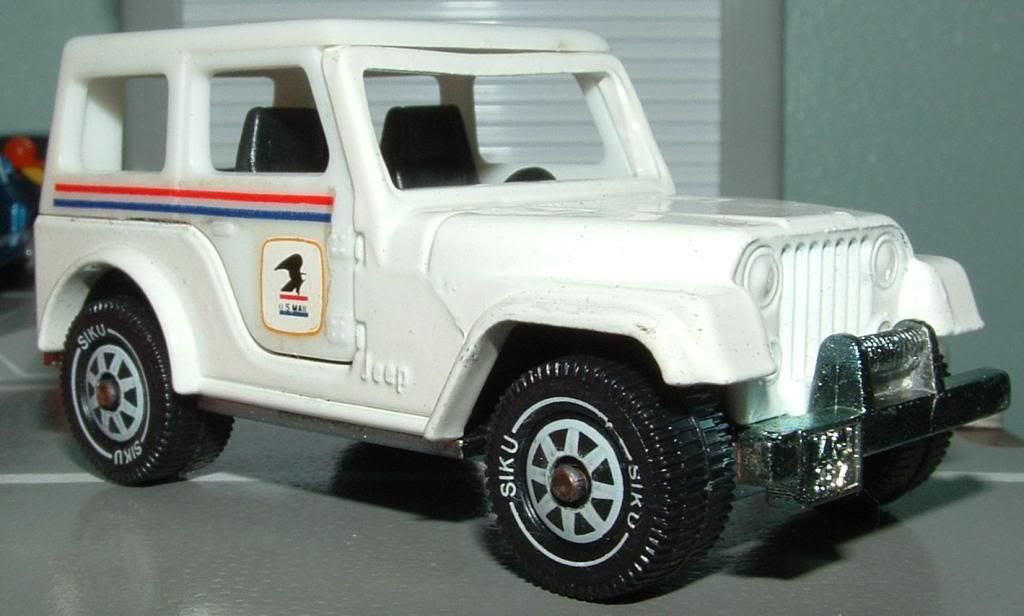
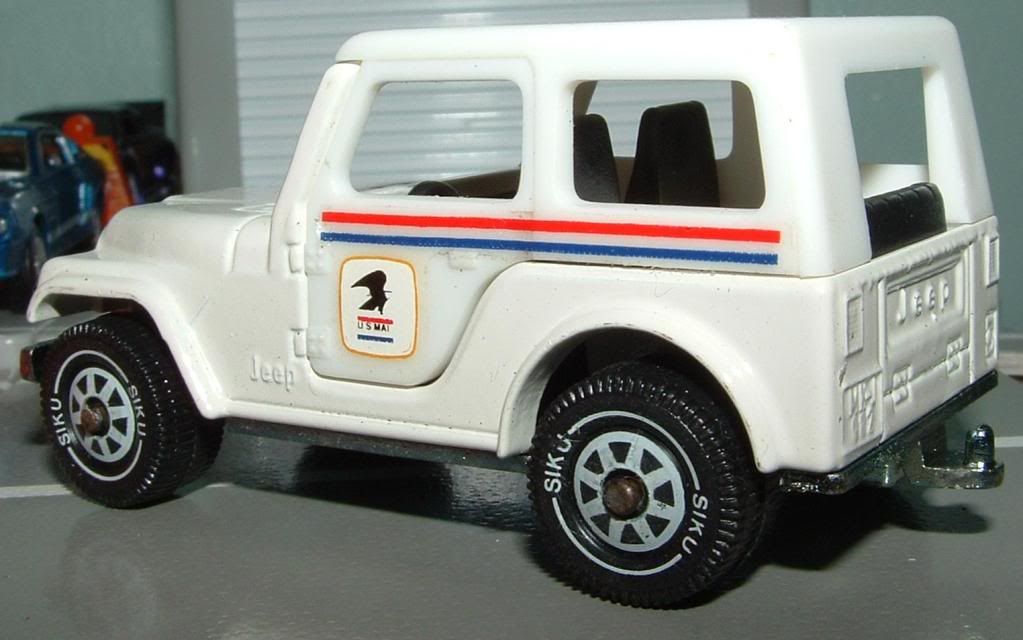
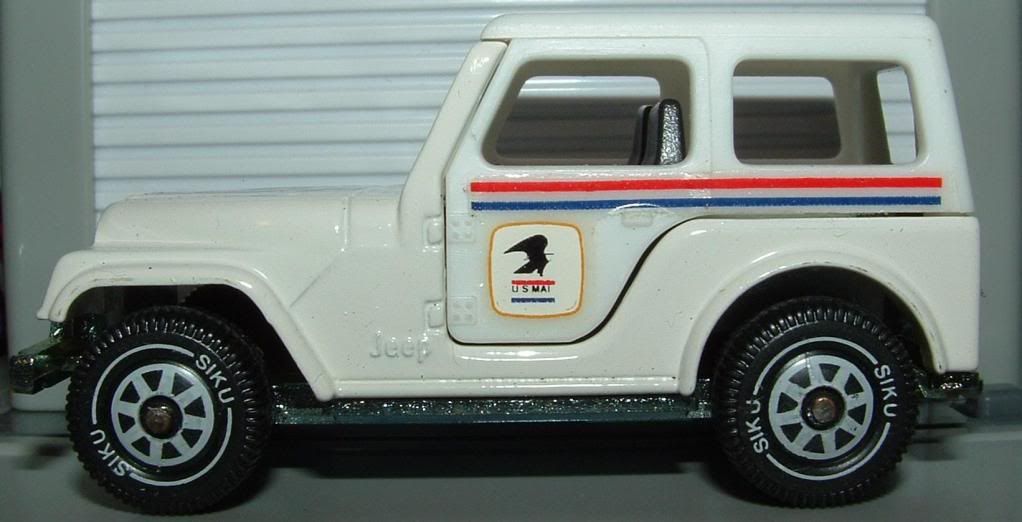
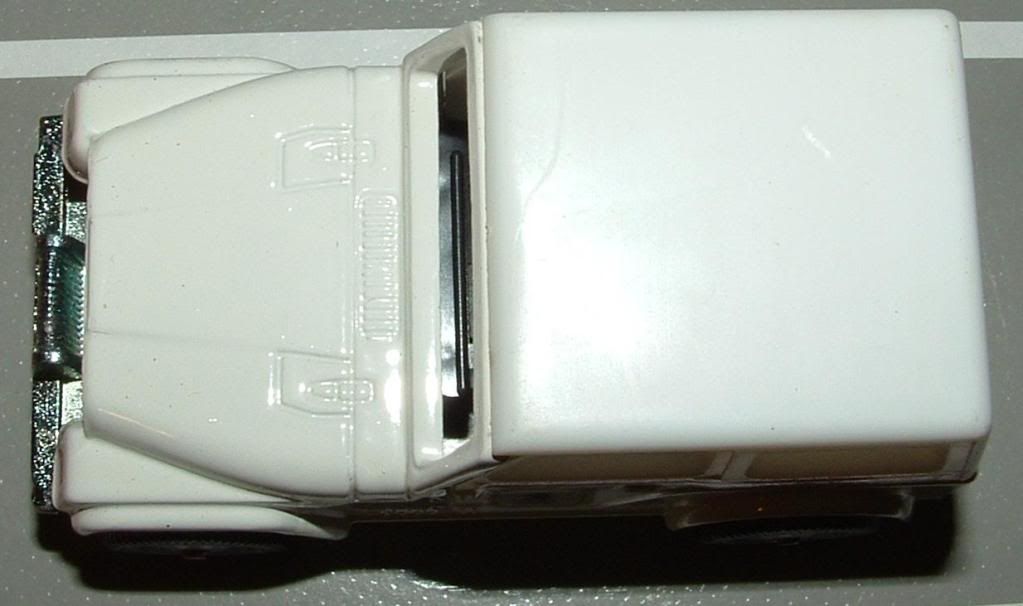
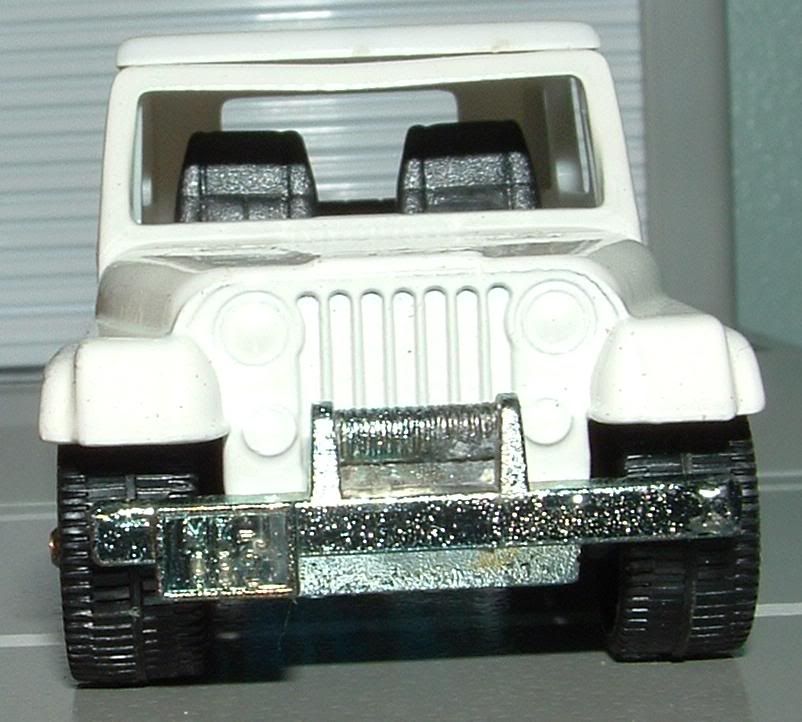


No comments:
Post a Comment